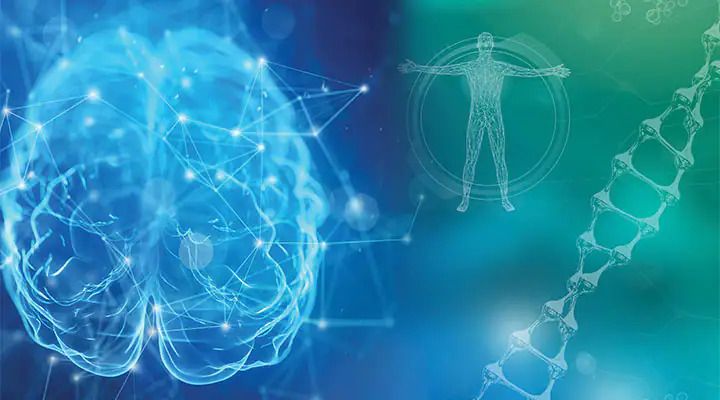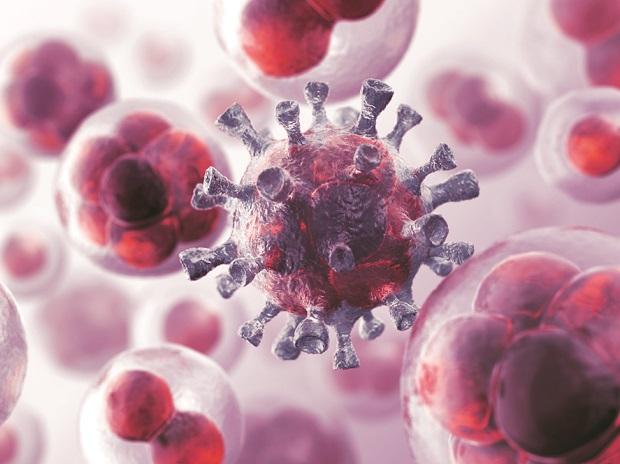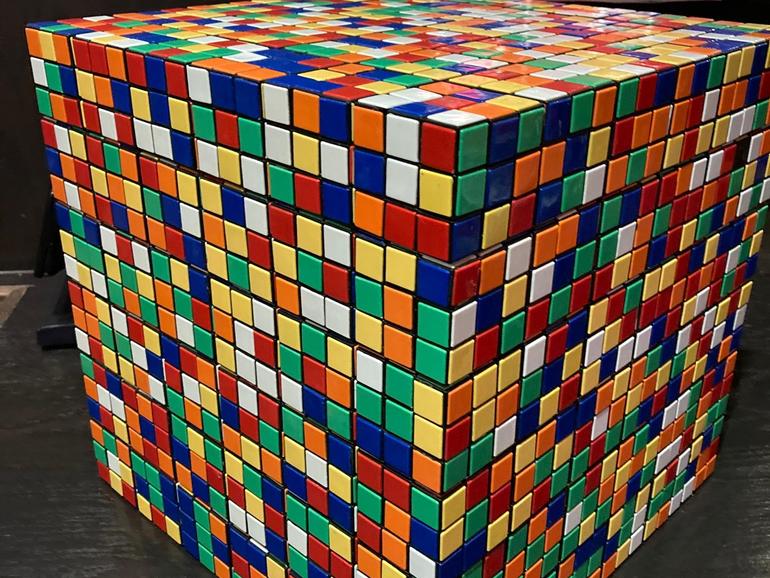Even when you pay for a decryption key, your files may still be locked up by another strain of malware.


Did you know your Pixel had this? Did you know any phone had this? Google now wants you to know about it.

The Latest Research
Two active forms of vitamin B12 offer support to the aging brain. Preclinical data shows one of the forms protects dopamine levels.
By Michael Downey.
Not the usual medical or science, but it may help someone.
Windows 10 comes with its own baked-in antivirus solution called Windows Defender, and it is enabled by default when setting up a new PC. At the very least, that affords you some basic protection against the many malware threats out in the wild. But did you know there is an added optional layer that can keep your pictures, videos, work documents, and other files safe in the event of a ransomware infection? The caveat is that you have to manually enable ransomware protection in Windows 10.
Or more specifically, a feature called ‘Controlled folder access.’

And cells from people with mutations in KMT2D, which results in Kabuki syndrome, showed similar patterns of activity to the EHMT1 cells. Kabuki syndrome often results in intellectual disability but is not typically linked to autism.
Cells that carry mutations in ARID1B showed a distinct pattern of network activity, with short, small bursts occurring at an unusually high rate.
Moving forward, Nadif Kasri and his colleagues plan to test other genes that increase a person’s likelihood of being autistic. They also plan to explore how these activity patterns compare at the individual level, and how they relate to other autism-linked traits, he says.

Tzar Labs, a molecular diagnostic company, and Mumbai-based Epigeneres Biotechnology, have claimed a breakthrough with their RNA-marker based technology for early detection of cancer rooted in stem cell biology. The blood tests, which can help determine whether cancer is absent, imminent, or present and also detect the different stages of the disease; will be launched by the end of this year.
Ashish Tripathi, founder and CEO of Tzar Labs, said that they are awaiting the regulatory approvals, and are building the first laboratory in Mumbai now. “We want to have labs in Delhi, Mumbai, Bangalore and Hyderabad to begin with. To scale this, we need to add more labs and collection centres. We plan to launch the test in the market by the last quarter of 2020 calendar year.” Tripathi added that they would keep prices low, but did not divulge how much it could cost the end-user.
The blood test gives results in 72 hours now and can tell if one has cancer or has a chance of getting it. It is also able to say where the cancer is growing. They do an RNA mutation analysis for any organ in the body from a blood test. The company has recently conducted 1000 person clinical study, which has been peer reviewed by Stem Cell Reviews and Reports (SCRR), one of the leading global science journals in Stem Cell technology, published by Springer Science.
The third episode of our podcast, ImmortaliCast, is now available! We interviewed Didier Coeurnelle, chair and co-founder of HEALES, and Marion Steenacker, biologist from HEALES, who updated us on the partial results from the lifespan experiments on rats conducted by Harold Katcher and Rodolfo Goya and funded by HEALES. Didier also discusses the more important trends in the rejuvenation field, and the other activities and goals of HEALES.
You can watch this episode via YouTube or on the main podcast platforms:
#science #rejuvenation #aging #medicine #health #heales #lifespan #biology #plasma #HaroldKatcher #RodolfoGoya
In this interview for the podcast ImmortaliCast, Didier Coeurnelle, chair and co-founder of HEALES (https://heales.org/), and Marion Steenacker, biologist from HEALES, update us on the partial results from the lifespan experiments on rats conducted by Harold Katcher and Rodolfo Goya and funded by HEALES (https://heales.org/2020/12/22/studies-financed-by-heales-eff…er-2020/). Didier also discusses the more important trends in the rejuvenation field, and the other activities and goals of HEALES.
The Fable of the Dragon-Tyrant:

Why luxury brands like Hermès, Iris Van Herpen, and Stella McCartney are turning to mushrooms for an eco-alternative to leather.
The wondrous fungi-inspired creations in Dutch couture designer Iris Van Herpen’s Spring 2021 collection are like nothing else in the fashion world. Undulating crowns of brass coils top delicate micro-plissé gowns with bodices formed from sinuous silk tendrils. An early adopter of 3D printing and advocate for sustainability, van Herpen has emerged as a kind of oracle within the fashion industry. She spent lockdown in Amsterdam reading biologist Merlin Sheldrake’s book, Entangled Life: How Fungi Make Our Worlds, Change Our Minds & Shape Our Futures, which describes the hidden world of mycelium, the sprawling underground root-like networks of fungi (the visible part we know as mushrooms are akin to fruit on trees).

